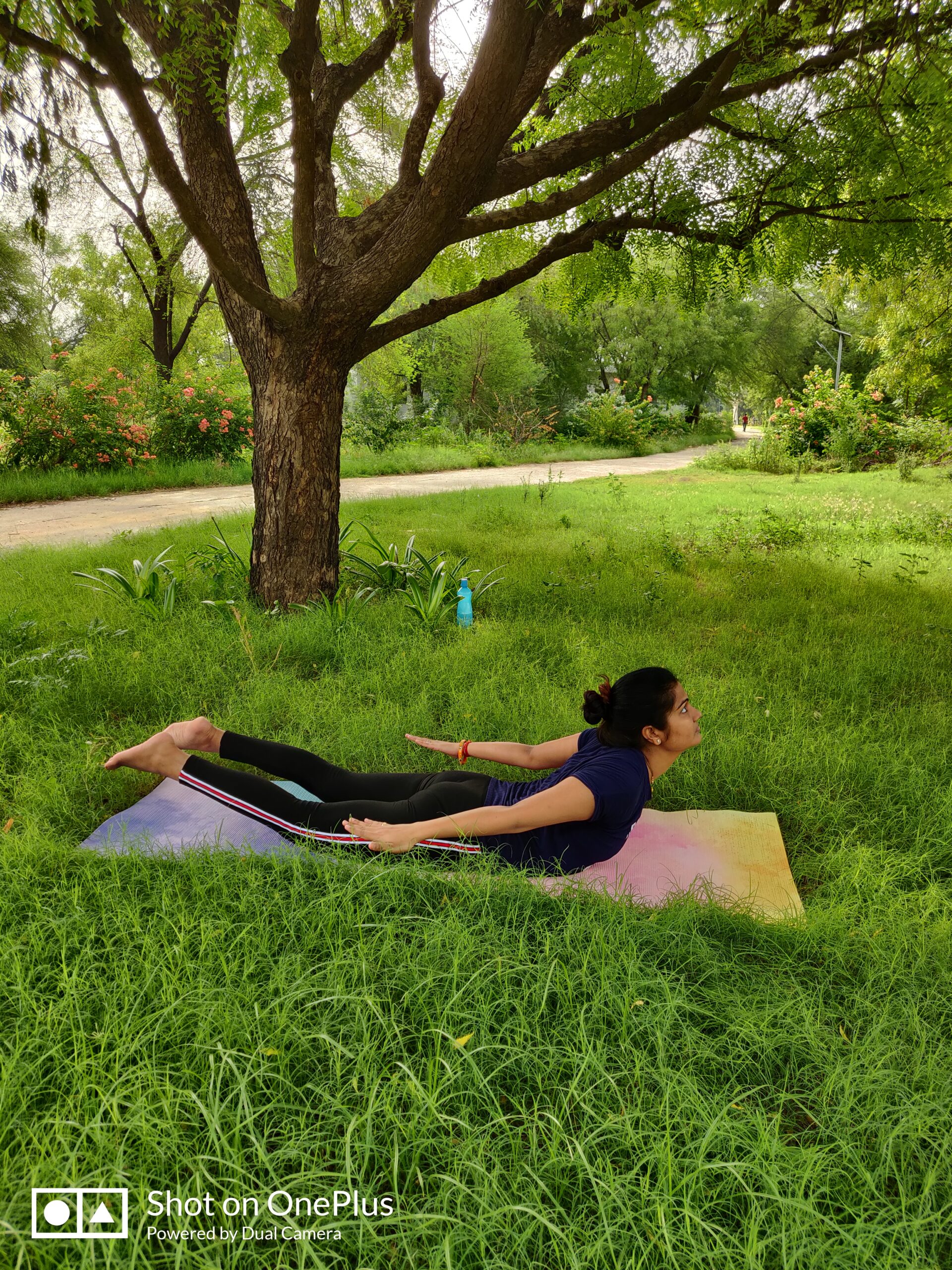Introduction: Slipped disc, often accompanied by the excruciating pain of sciatica, can be a debilitating condition. While conventional treatments offer relief, naturopathic and holistic approaches can complement these therapies and promote long-term healing. In this article, we’ll explore unique and effective naturopathic treatments and therapies for managing slipped discs and alleviating sciatica.
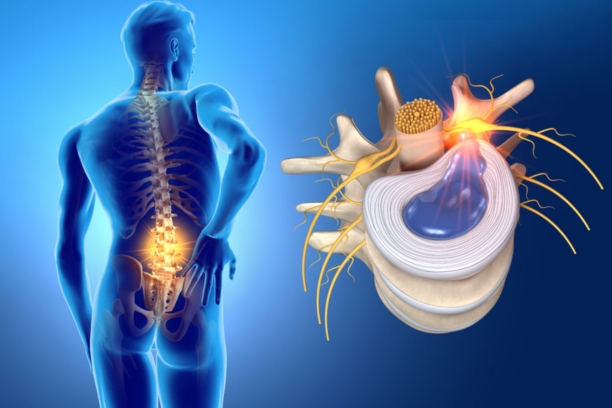
I. Understanding Slipped Disc and Sciatica
A. What Is a Slipped Disc?
A slipped disc, also known as a herniated or ruptured disc, occurs when the soft inner core of an intervertebral disc protrudes through the tough outer layer. This condition can be caused by various factors, including:

- Degenerative Changes: Over time, intervertebral discs naturally degenerate, becoming less flexible and more susceptible to injury.
- Trauma: An injury or trauma to the spine can lead to disc herniation.
- Repetitive Stress: Continuous stress or improper lifting techniques can gradually wear down the discs.
- Aging: As we age, the risk of developing a slipped disc increases due to the natural aging process.
B. Sciatica: The Radiating Pain
Sciatica is a specific type of pain that radiates along the path of the sciatic nerve, which extends from the lower back through the hips and down each leg. It is a common symptom of a slipped disc and is characterized by:
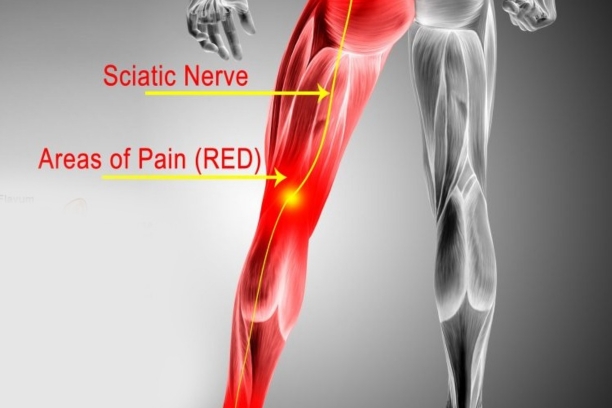
- Radiating Pain: Pain that travels along the path of the sciatic nerve, often affecting one side of the body.
- Numbness and Tingling: Sensations of numbness, tingling, or weakness in the leg or foot.
- Aggravation by Movement: Pain tends to worsen with certain movements or prolonged sitting.
- Lower Back Discomfort: Discomfort or pain in the lower back is often present.
II. Naturopathic Assessment
A. In-Depth Consultation: A naturopathic assessment begins with a comprehensive consultation. Practitioners take time to understand the patient’s medical history, lifestyle, and the specific factors that contribute to their condition.
B. Identifying Triggers and Patterns: Naturopaths consider potential triggers and patterns that exacerbate the condition. This includes recognizing factors like posture, daily habits, and emotional stress.
C. Considering Overall Health: A holistic perspective considers the patient’s overall health, including factors such as diet, nutrition, sleep, and emotional well-being. This approach helps identify areas where improvements can be made to support healing.
Naturopathic Treatments and Therapies for Slipped Disc and Sciatica
Naturopathy is a holistic approach to healthcare that aims to treat the root causes of health issues and promote overall well-being. When it comes to slipped disc and sciatica, naturopathic treatments and therapies focus on natural remedies, lifestyle modifications, and alternative therapies to alleviate pain and improve the body’s healing capabilities. Here are some key aspects of naturopathic management for slipped disc and sciatica:
- Dietary Modifications: Naturopathic practitioners often emphasize the importance of a balanced and anti-inflammatory diet. Foods rich in antioxidants, such as fruits and vegetables, can help reduce inflammation and promote healing. They may also suggest specific dietary supplements, like turmeric, which has anti-inflammatory properties.

- Hydrotherapy: Hydrotherapy involves using water for therapeutic purposes. Contrast hydrotherapy, alternating hot and cold compresses on the affected area, can alleviate pain and inflammation associated with slipped disc and sciatica. Regular warm baths can also relax muscles and reduce pain.

- Herbal Remedies: Herbal treatments are commonly used in naturopathy. Specific herbs like ginger and willow bark have anti-inflammatory properties and can provide pain relief. However, the use of herbal remedies should be supervised by a qualified naturopathic practitioner.

- Mind-Body Practices: Stress management is a vital component of naturopathic care. Practices like yoga, meditation, and deep breathing exercises are encouraged to reduce stress, which can exacerbate pain and muscle tension.
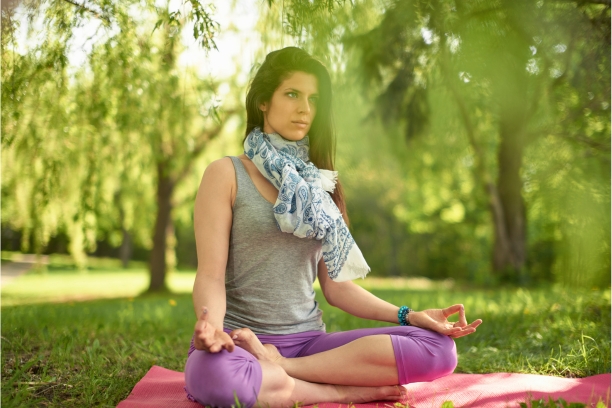
- Physical Therapy: Naturopathic treatment may include physical therapy or chiropractic care to improve spinal alignment and muscle strength. These therapies can help reduce pressure on the sciatic nerve.

- Acupuncture and Acupressure: These techniques involve stimulating specific points on the body to alleviate pain and promote healing. Acupuncture uses thin needles, while acupressure relies on pressure from the fingers. Both methods are believed to release endorphins, the body’s natural painkillers.

- Massage Therapy: Therapeutic massage can help relax tense muscles, improve blood circulation, and reduce pain. It can be especially effective for relieving muscle spasms associated with sciatica.

- Lifestyle Recommendations: Naturopathic practitioners often provide lifestyle guidance, which may include recommendations for proper posture, ergonomics, and exercises that strengthen the back and core muscles.
- Detoxification: Some naturopathic treatments focus on detoxifying the body to reduce inflammation. Techniques like fasting and herbal detox regimens may be recommended.

- Mental and Emotional Well-Being: Addressing the psychological aspects of chronic pain is essential in naturopathic care. Counselors or therapists may work with individuals to help them cope with pain and stress.
Physiotherapy for Slipped Disc and Sciatica
Physiotherapy, also known as physical therapy, is a healthcare profession that focuses on restoring and maintaining physical function and mobility in individuals with injuries, illnesses, or disabilities. It plays a crucial role in the management of conditions like slipped disc and sciatica. Here’s an explanation of how physiotherapy can help:
Assessment and Diagnosis:
- Thorough Evaluation: The first step in physiotherapy is a thorough assessment. A physiotherapist will evaluate your medical history, the specific symptoms of your slipped disc or sciatica, and your overall physical condition.
Treatment Approaches:
Pain Management: Physiotherapy aims to alleviate pain through various techniques. This may include the application of hot or cold packs to reduce inflammation, ultrasound therapy to promote healing, or transcutaneous electrical nerve stimulation (TENS) to relieve pain by stimulating nerves.
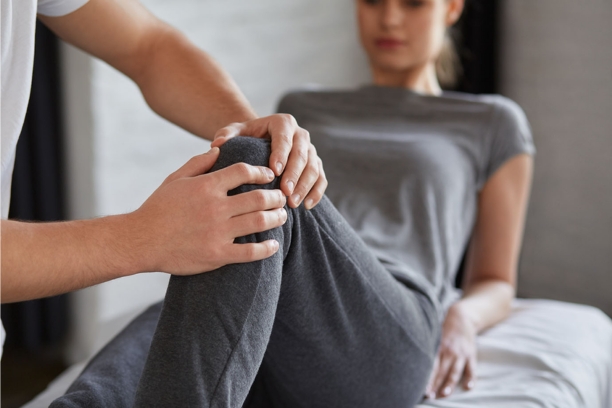
- Manual Therapy: Physiotherapists may use manual techniques such as joint mobilization, spinal manipulation, and soft tissue massage to improve spinal alignment and relieve muscle tension.

- Exercises and Stretching: Physiotherapists design personalized exercise programs to strengthen the muscles that support the spine and improve flexibility. Core strengthening exercises are often emphasized because they help stabilize the spine and reduce pressure on the affected area.
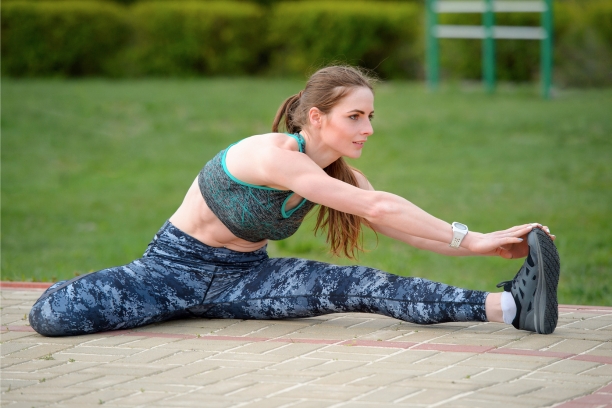
- Posture Education: Proper posture is crucial in preventing and managing slipped disc and sciatica. Physiotherapists teach individuals how to maintain good posture during daily activities and ergonomically improve their work or home environment.

- Gait Training: If walking and movement are affected, physiotherapists can help individuals improve their gait (how they walk) to reduce pain and enhance mobility.

- Strengthening and Conditioning: Physiotherapists create progressive exercise programs to gradually increase strength and endurance. These exercises help improve overall physical fitness.

- Manual Handling Techniques: Teaching individuals how to safely lift objects and perform daily tasks without straining the back is a key component of physiotherapy.

- Education and Self-Management: Physiotherapists educate individuals about their condition and provide self-management strategies to reduce pain and prevent future episodes.
- Modalities:* In some cases, physiotherapists may use additional modalities such as ultrasound, traction, or electrical stimulation to reduce pain and promote healing.
Prevention and Rehabilitation:
Preventive Strategies: Physiotherapy helps individuals understand how to prevent recurrence of slipped discs and sciatica by maintaining good posture and following safe lifting techniques.
- Rehabilitation: For individuals who have undergone surgery for a slipped disc or related spinal conditions, physiotherapy is a crucial part of the rehabilitation process. It helps individuals regain strength and function.
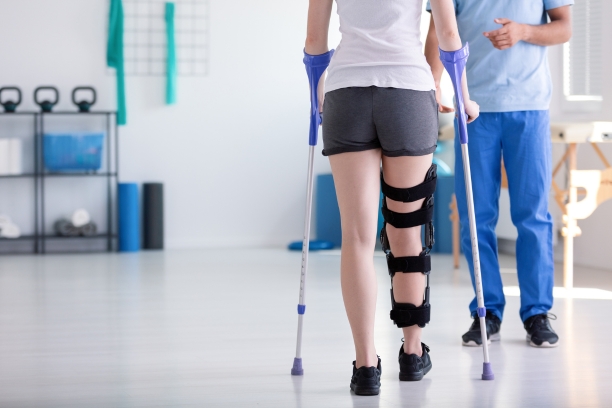
Outcome and Recovery:
Measuring Progress: Physiotherapists regularly assess an individual’s progress and adjust treatment plans as needed.
Functional Improvement: The ultimate goal of physiotherapy is to improve an individual’s function, reduce pain, and enhance their quality of life.
It’s important to note that physiotherapy for slipped disc and sciatica is highly individualized. The specific treatment plan and techniques employed will depend on the severity of the condition and the needs of the individual. Physiotherapists work closely with other healthcare professionals to ensure comprehensive care and may collaborate with doctors, orthopedic specialists, and chiropractors to provide the best treatment possible.
Yoga and Stretching for Slipped Disc and Sciatica
Yoga and stretching exercises are foundational components of naturopathic management for slipped disc and sciatica. These practices help improve flexibility, strengthen core muscles, and relieve pain. Here are some essential yoga poses and yogic management techniques:
1. Cobra Pose (Bhujangasana): This pose strengthens the spine and back muscles. It is particularly beneficial for slipped disc patients.

2. Child’s Pose (Balasana): This is a resting pose that relaxes the lower back and stretches the spine gently.

3. Cat-Cow Stretch: This gentle flow between two poses enhances spinal flexibility and can alleviate discomfort associated with sciatica.

4. Pigeon Pose: This pose stretches and relaxes the hip muscles, which can be tight and painful for individuals with sciatica.

5. Downward-Facing Dog (Adho Mukha Svanasana): This yoga pose stretches and strengthens the entire body and can help relieve pain in the lower back.

6. Bridge Pose (Setu Bandhasana): It strengthens the back and improves blood circulation to the spinal region.

7. Seated Forward Bend (Paschimottanasana): A seated stretch that helps reduce sciatica discomfort by stretching the hamstrings and lower back.
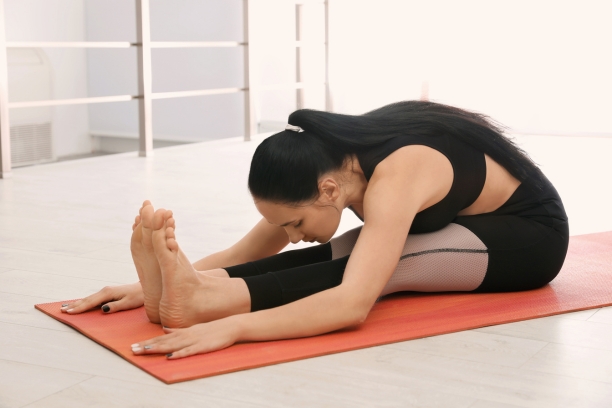
8. Spinal Twists: Various seated and supine spinal twist poses can help improve mobility and alleviate pain.

9. Leg Up the Wall Pose (Viparita Karani): This restorative pose can provide relief for sciatica and reduce leg pain.

10. Savasana (Corpse Pose): A relaxation pose that encourages deep rest and stress reduction.
Yogic Management
In addition to yoga poses, yogic management techniques can help individuals manage slipped disc and sciatica:
1. Pranayama: Breathing exercises like Anulom Vilom, Kapalbhati, and Bhastrika Pranayama can enhance lung capacity, improve circulation, and reduce stress, all of which contribute to pain relief.

2. Meditation: Meditation and mindfulness practices calm the mind, reduce stress, and can provide pain relief by shifting the focus away from discomfort.

3. Shavasana (Corpse Pose): This yogic relaxation posture can be particularly effective for inducing deep relaxation and stress reduction.

4. Mental Imagery: Visualization techniques can help individuals visualize a pain-free state, reducing pain perception.
Incorporating these yogic techniques into a daily routine can significantly improve one’s quality of life while dealing with slipped disc and sciatica. These practices not only offer physical benefits but also contribute to emotional well-being, reducing the stress and anxiety often associated with chronic pain.
New Blog: Acupressure and Acupuncture Therapy
In the full article, we will explore naturopathic principles, nutritional therapies, herbal remedies, physical therapies, yoga and stretching, meditation and stress reduction, lifestyle adjustments, and the mind-body connection to address the causes and symptoms of slipped disc and sciatica. Additionally, real case studies and success stories will highlight the effectiveness of these naturopathic treatments.




